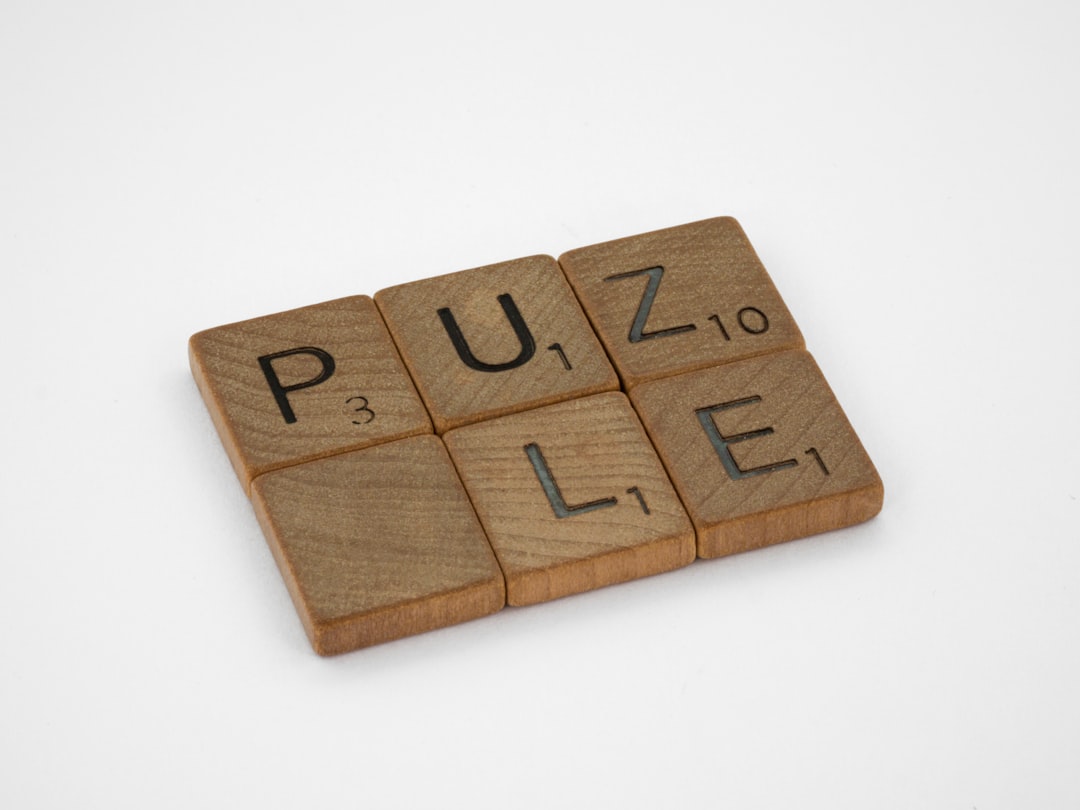**Engage in the intellectual challenge provided by the New York Times’ daily word games.** Designed to stimulate the mind and expand vocabulary, they offer a blend of entertainment and educational value that’s difficult to resist.
Every day, countless players dive into these puzzles, eager to test their linguistic prowess against expertly crafted challenges. The puzzles are a tribute to the enduring allure of word games, appealing to amateur enthusiasts and seasoned wordsmiths alike.
June 3rd, like any other day, held its own unique puzzle awaiting solvers to unveil its secrets. The key to mastering these games lies in not just having a large vocabulary but understanding how words fit together. With persistence and strategic thinking, even the trickiest puzzles can be solved.
Breaking Down The Puzzle
On June 3, the New York Times word puzzle presented solvers with a stimulating mix of clues that demanded both breadth and depth of vocabulary. Successful players noted that patience was paramount—rushing often leads to errors that could have been easily avoided with a different perspective or a more patient approach.
Word games from the New York Times typically follow a daily theme or pattern, where repetition and familiarity can assist players as much as raw word knowledge. This routine helps train the brain to recognize patterns, making each day’s puzzle slightly more approachable than the last.
Hints and Strategic Approaches
For those tackling the puzzle on June 3, a methodical approach proved to be the most effective. Breaking down the clue list and tackling them in manageable sections helped maintain focus. Frequent players recommend starting with the words you know, gaining confidence, and slowly expanding outward to the more difficult sections.
Another effective strategy was to look for suffixes or common prefixes shared by multiple answers. This technique can help unlock other clues, creating a virtuous cycle where solving one word leads to insights about others.
Technical Vocabulary and Common Challenges
June 3 was no exception in offering clues that required an understanding of more technical or uncommon vocabulary. As with many New York Times puzzles, understanding these terms not only aids in solving the day’s challenge but encourages players to learn and recall new words, enriching their daily language use.
Some players also suggested keeping a thesaurus or dictionary at hand, not as a crutch but as an educational tool to explore and expand vocabulary, thereby enhancing future puzzle-solving skills.
Persistence and the Joy of Language
What keeps people coming back to the New York Times puzzles day after day? For many, it’s the blend of challenge and satisfaction. Each solved puzzle represents a small personal victory, evidence of one’s linguistic ability and persistence. The puzzle on June 3 was another step in this ongoing journey, and for many, a delightful part of their daily routine.
In conclusion, the New York Times word game for June 3 was a testament to the timeless appeal of such puzzles. Solving them is not merely an exercise in wordplay but a journey into a deeper appreciation of language. They serve as both an intellectual exercise and a satisfying hobby, reinforcing the broader joy found in words and language exploration.
So, whether you’re a regular solver or a newcomer to the NYT word game series, keep challenging yourself. With each puzzle solved, you’re not just expanding your vocabulary—you’re honing your ability to think critically, appreciate language more deeply, and most importantly, enjoy the simple pleasure of word games.
IT Trend
NYT Strands
















Leave a Reply